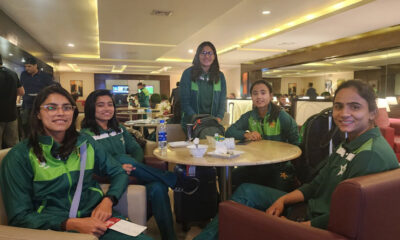Tech
Difference between Google’s AI search and its Bard chatbot

Education
The establishment of IT labs in Islamabad’s educational establishments
Latest News
Pakistan launches first-ever lunar mission with iCube Qamar
Latest News
The green colour of WhatsApp ‘angers’ some users.
-

 Business22 hours ago
Business22 hours agoSaudi investment and falling inflation cause Pakistani stocks to soar.
-

 Pakistan22 hours ago
Pakistan22 hours agoTo discuss privatisation with the government, Bilawal establishes a committee.
-

 Latest News22 hours ago
Latest News22 hours agoThe women’s team from Pakistan travels to England for a white-ball series.
-

 Business22 hours ago
Business22 hours agoSaudi investment is most suited for Pakistan, according to Ibrahim Al-Mubarak
-

 Latest News22 hours ago
Latest News22 hours agoToday, 190 million pounds in NAB reference cases and cypher will be heard by the IHC.
-

 Business23 hours ago
Business23 hours agoNine months yields Rs66 billion for Pakistan Railways.
-

 Latest News23 hours ago
Latest News23 hours agoThe wheat controversy is downplayed by Anwar-ul-Haq Kakar as a “storm in a teacup.”
-

 Pakistan22 hours ago
Pakistan22 hours agoSupreme Court halts PHC and ECP decisions regarding reserved seats

























